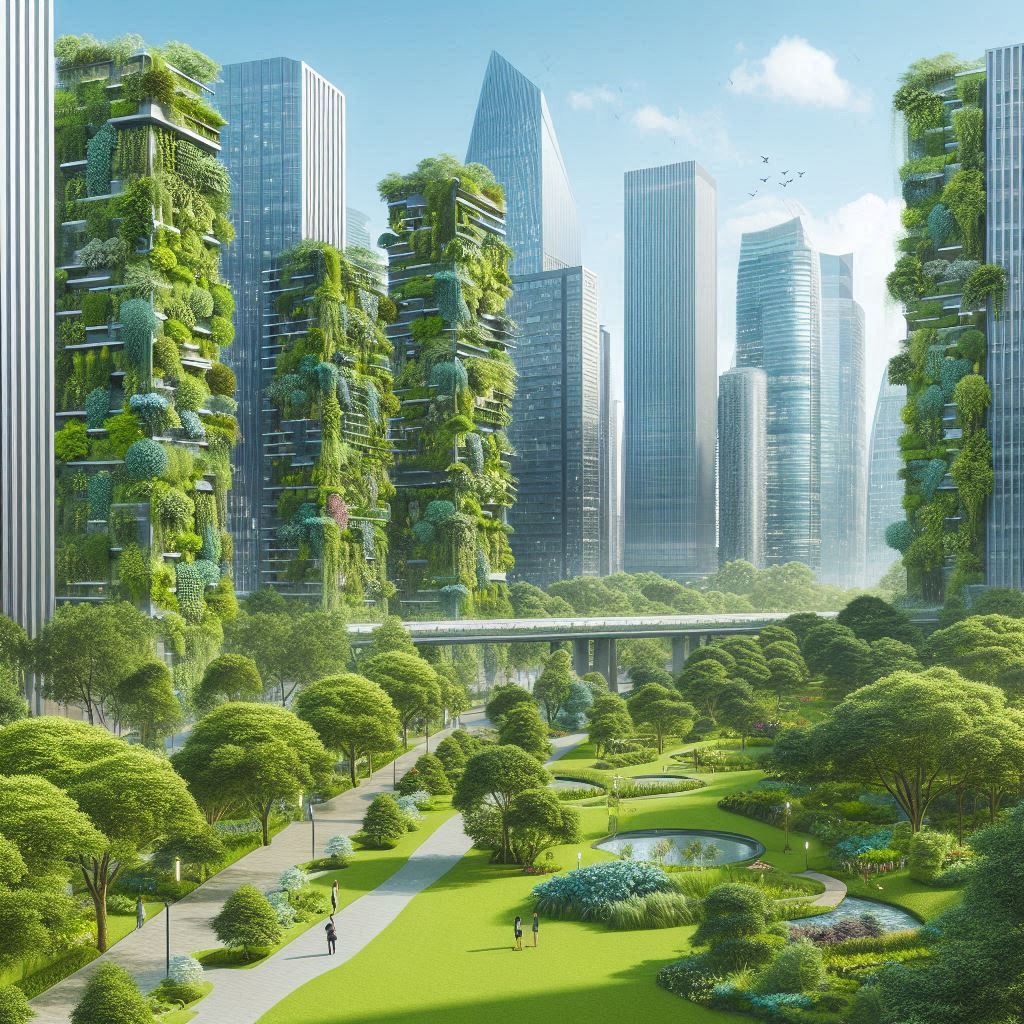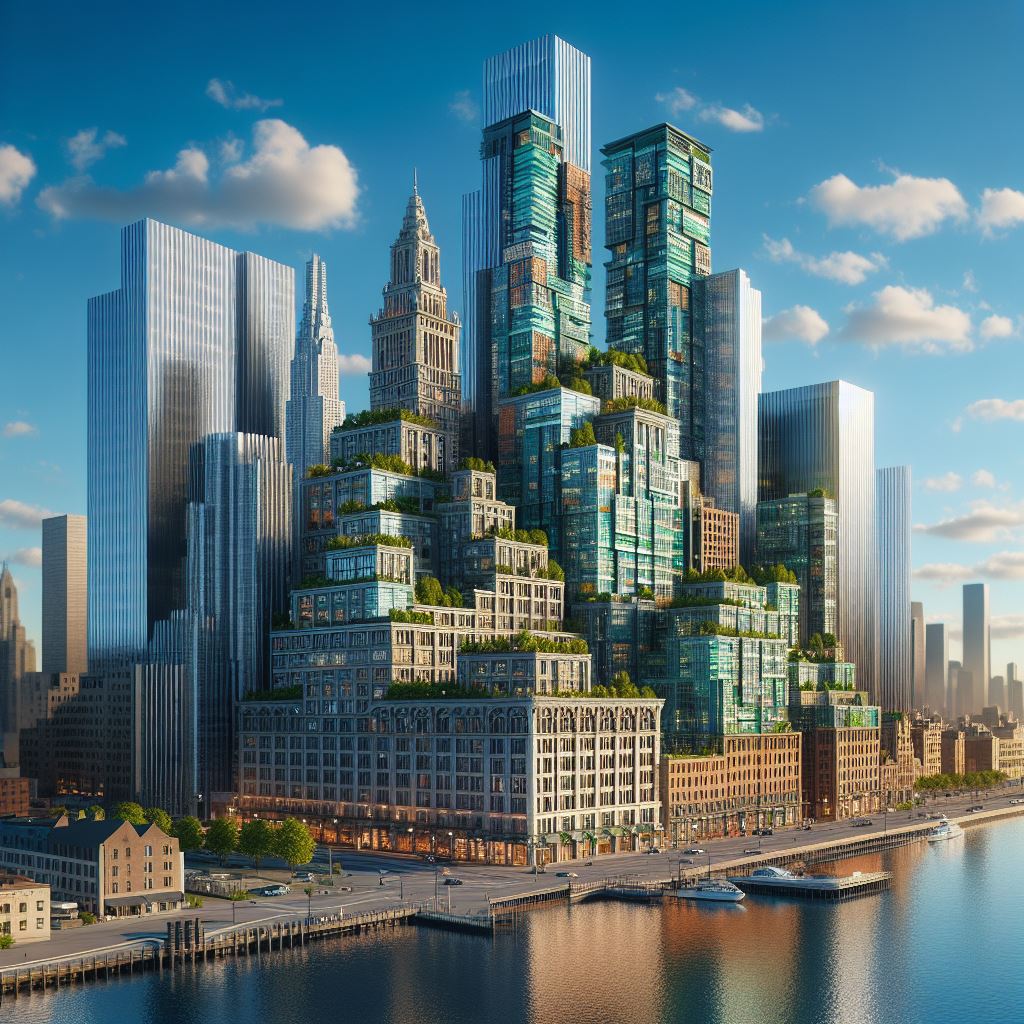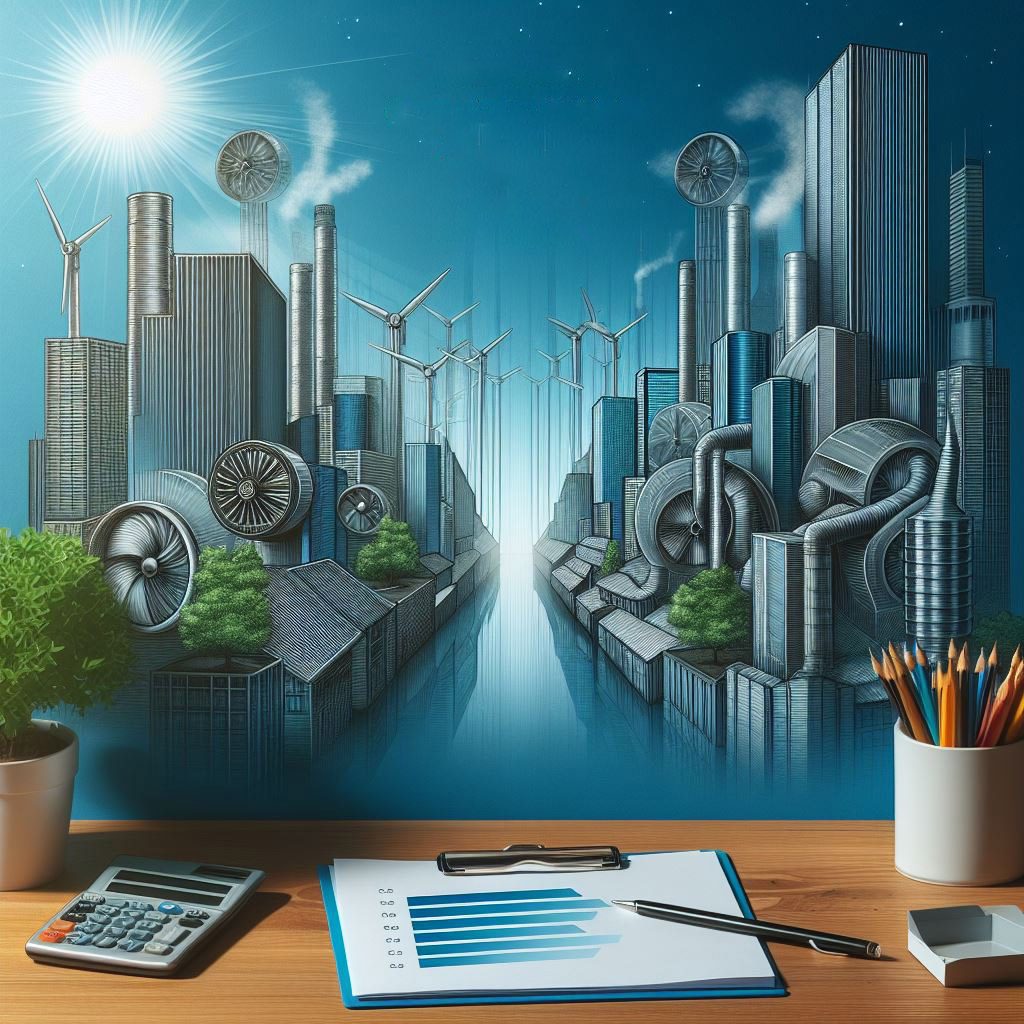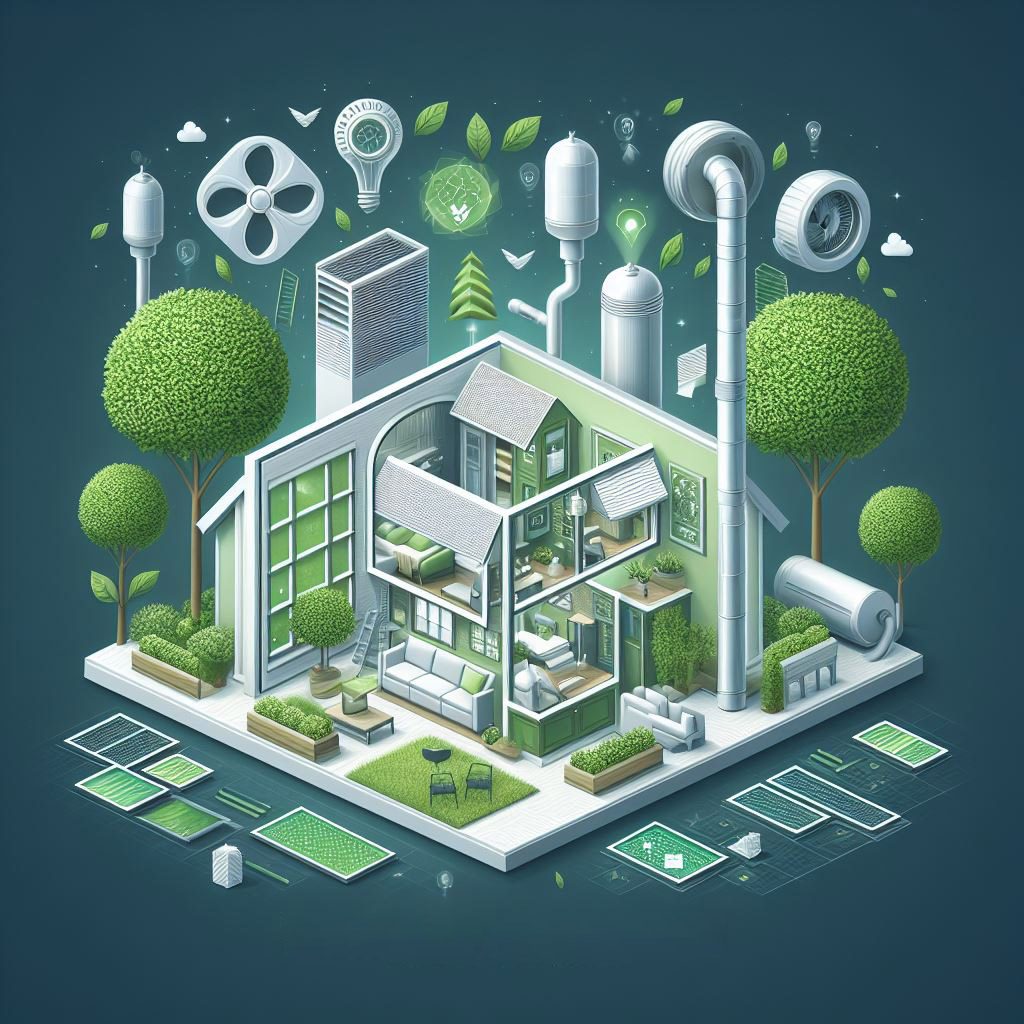The push for sustainability has become a global priority as the effects of climate change continue to be felt around the world. This shift towards environmental responsibility has permeated various facets of society, including the field of architecture. In this expansive review, we’ll explore how governments are fostering a new paradigm through the adoption of sustainable architecture policies. We will unpack the myriad benefits these policies offer, the obstacles they face, strategies for their successful implementation, and a glimpse into the future shaped by these pivotal changes.
I. Introduction
Sustainability—once a peripheral concern—has become a central theme in nearly every discussion about long-term global health and prosperity, and the realm of architecture is no exception. Sustainable architecture is a transformative approach aimed at creating buildings that minimize environmental impacts through energy efficiency, resource conservation, and design longevity. Governments are increasingly recognizing the need for such practices, leading to the development of comprehensive sustainable architecture policies that are crucial for our planet’s future.
II. Benefits of Sustainable Architecture Policies

Implementing policies that promote sustainable architecture can yield significant benefits, which extend far beyond mere environmental conservation. These benefits touch on economic factors, environmental preservation, and the well-being of the populace.
Energy Efficiency
By prioritizing energy efficiency, sustainable architecture helps limit energy usage and reduce greenhouse gas emissions. This is achieved through various means, such as optimizing building orientation to maximize natural light, leveraging natural ventilation, and incorporating technologies like photovoltaic cells and energy-efficient appliances. Buildings with a high Green Star rating are a testament to the effectiveness of such measures, often showcasing radically reduced energy consumption compared to conventional structures.
Economic Savings
Although sustainable buildings may require a higher upfront investment, they offer substantial long-term economic savings. The reduction in energy consumption translates to lower utility costs—savings that, over time, can more than offset the initial expenses. Moreover, the durability of sustainably sourced materials reduces maintenance costs. The property valuation of environmentally friendly buildings is also generally higher, making them a more attractive option on the market.
Environmental Preservation
On the environmental front, sustainable architecture policies actively contribute to the preservation of our ecosystem. By employing sustainable construction materials and methods, these policies help to reduce the depletion of finite resources, protect biodiversity, and limit pollution and waste.
Health and Wellbeing
Green buildings often provide a healthier living environment by improving indoor air quality and natural light, which can lead to a proven increase in the well-being of occupants. Studies have shown that sustainable design can have a positive effect on mental and physical health, leading to increased productivity and a higher quality of life.
III. Challenges in Implementing Sustainable Architecture Policies
The path to a fully sustainable architecture industry is strewn with challenges that governments and industry stakeholders must navigate.
Economic Barriers
The most formidable of these challenges is the higher upfront costs associated with sustainable buildings. This can deter investment in sustainable architecture, despite the long-term savings and environmental benefits.
Industry Resistance
The construction industry has long operated on established practices, and a shift towards sustainable architecture necessitates new skills, materials, and mindsets. Overcoming industry inertia requires significant effort and is often met with resistance.
Regulatory Challenges
Creating a comprehensive and effective regulatory framework is also a complex task. Policymakers must strike a delicate balance between stringent standards to ensure sustainability and flexible policies that allow for innovation and are not overly burdensome. The successful implementation of **green building regulations** is critical to this endeavor.
IV. Overcoming the Challenges: Strategies and Solutions
Despite the obstacles, there are strategies that governments can utilize to facilitate the adoption of sustainable architecture.
Public Awareness and Education
Educational campaigns that highlight the long-term benefits of sustainable buildings can shift public opinion and create a demand for green construction. Such awareness drives help the general populace understand the economic and health advantages of sustainable living spaces.
Economic Incentives
Governments can introduce a range of economic incentives, such as tax credits, rebates, and subsidized loans, to make green buildings more financially viable. These incentives make it easier for developers and consumers to absorb the initial higher costs associated with sustainable architecture.
Clear, Enforceable Regulations
Implementing regulations that are both clear and enforceable ensures that sustainability standards are met. This may include mandatory certifications like the U.S. Green Building Council’s LEED program, which lays down a comprehensive set of criteria for sustainable building design, construction, operations, and maintenance.
Encouraging Technological Innovation
Technological advancement is a key driver of sustainable architecture. Investing in research and development can lead to breakthroughs in materials and methods that improve building efficiency and reduce costs, making sustainable architecture more accessible and feasible.
V. The Evolution of Sustainable Architecture Policies

As the policy landscape matures, several trends are likely to shape the future of sustainable architecture.
Net-Zero Building Movement
The push towards net-zero buildings, structures that generate as much energy as they use, is gaining momentum. This concept represents the gold standard in sustainable architecture, reducing reliance on fossil fuels and making buildings part of the renewable energy solution.
Smart Technology Integration
Advances in technology are enabling buildings to be smarter and more responsive to their occupants’ needs. Future policies may require buildings to be equipped with technologies that monitor and adjust energy consumption, optimize heating and cooling systems, and even integrate with smart city grids.
Adaptation to Climate Change
In the face of climate change, sustainable architecture policies will need to focus on not just mitigating environmental impact but also on adapting to changing climates. This includes designing buildings that can withstand extreme weather events and variable conditions while maintaining energy efficiency and occupant comfort.
VI. Conclusion
The widespread adoption of sustainable architecture policies is a key step toward securing a more sustainable and environmentally conscious future. These policies bring a host of benefits, from economic savings to improved health outcomes, while also supporting the vital cause of environmental preservation. Governments around the world are facing the challenges head-on, employing various strategies to promote green building practices.
The road ahead is one of continued evolution, as we collectively seek to refine these policies and practices to meet the demands of a rapidly changing world. Our built environment has the potential to contribute positively to the planet, rather than detracting from it. Sustainable architecture moves us closer to a future where the structures we live and work in are not only benign but beneficial components of the ecosystems they inhabit.
VertPro.com serves as a resourceful platform for property owners and managers seeking to enhance their buildings’ energy efficiency. The site offers a range of services, including Commercial Energy Audits, Benchmark Compliance consultancy, and a Construction Marketplace. At the heart of VertPro® is a suite of SaaS technology-based solutions designed to assist in navigating the complexities of Energy Benchmarking and Energy Audits/RCx Plus, while ensuring adherence to over 60 Energy Benchmarking and Energy Efficiency Laws across the country.
For those looking to improve their property’s energy usage and operational value, VertPro.com provides a diverse array of tools and information. The site aims to facilitate a better understanding of energy efficiency practices and legislation, helping building owners and property managers make informed decisions about their energy strategies while complying with all energy ordinances and laws.















